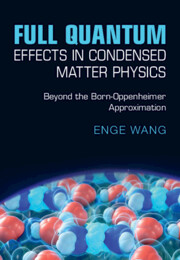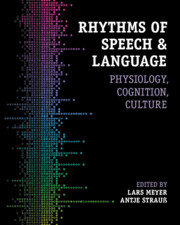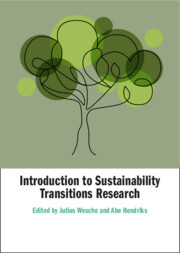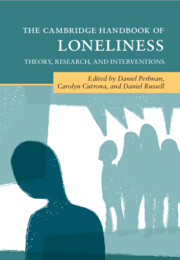Refine listing
Actions for selected content:
1299955 results in Books

The Dreaded Pox
- Sex and Disease in Early Modern London
- Coming soon
-
- Expected online publication date:
- February 2026
- Print publication:
- 19 February 2026
-
- Book
- Export citation

Gravitation for Theorists
- Coming soon
-
- Expected online publication date:
- February 2026
- Print publication:
- 28 February 2026
-
- Book
- Export citation

Born Sick in the USA
- Improving the Health of a Nation
- Coming soon
-
- Expected online publication date:
- February 2026
- Print publication:
- 19 February 2026
-
- Book
- Export citation

The Iron Curtain
- A Short History of Socialist Borders
- Coming soon
-
- Expected online publication date:
- February 2026
- Print publication:
- 28 February 2026
-
- Element
- Export citation

Taxation and Social Policy
- Financing the Welfare State
- Coming soon
-
- Expected online publication date:
- February 2026
- Print publication:
- 28 February 2026
-
- Element
- Export citation

Our Metaphorical Bodies
- Why Metaphor May Be Everywhere
- Coming soon
-
- Expected online publication date:
- February 2026
- Print publication:
- 28 February 2026
-
- Book
- Export citation

Geopolitical Union
- Europe's Attempt to Take Back Control of Technology Regulation
- Coming soon
-
- Expected online publication date:
- February 2026
- Print publication:
- 28 February 2026
-
- Book
- Export citation

Full Quantum Effects in Condensed Matter Physics
- Beyond the Born-Oppenheimer Approximation
- Coming soon
-
- Expected online publication date:
- February 2026
- Print publication:
- 31 January 2026
-
- Book
- Export citation

Rhythms of Speech and Language
- Physiology, Cognition, Culture
- Coming soon
-
- Expected online publication date:
- February 2026
- Print publication:
- 28 February 2026
-
- Book
- Export citation

Contextuality in Random Variables
- A Systematic Introduction
- Coming soon
-
- Expected online publication date:
- February 2026
- Print publication:
- 28 February 2026
-
- Book
- Export citation

Rice Politics in Southeast Asia
- Legacies of the Green Revolution
- Coming soon
-
- Expected online publication date:
- February 2026
- Print publication:
- 28 February 2026
-
- Book
- Export citation

Introduction to Sustainability Transitions Research
- Coming soon
-
- Expected online publication date:
- February 2026
- Print publication:
- 31 January 2026
-
- Book
- Export citation

The Cambridge Handbook of Loneliness
- Theory, Research, and Interventions
- Coming soon
-
- Expected online publication date:
- February 2026
- Print publication:
- 28 February 2026
-
- Book
- Export citation

Law for the Land
- The Public Trust Doctrine, Mono Lake, and a Quiet Revolution in Environmental Rights
- Coming soon
-
- Expected online publication date:
- February 2026
- Print publication:
- 28 February 2026
-
- Book
- Export citation

Strategic Compensation and Talent Management
- Lessons for Managers
- Coming soon
-
- Expected online publication date:
- February 2026
- Print publication:
- 28 February 2026
-
- Textbook
- Export citation

Responding to Authoritarian Populism at the European Court of Human Rights
- A Calibrated Framework
- Coming soon
-
- Expected online publication date:
- February 2026
- Print publication:
- 28 February 2026
-
- Book
- Export citation

Syrian Intellectuals in Exile
- The Dilemmas of Revolution and the Cost of Leaving
- Coming soon
-
- Expected online publication date:
- February 2026
- Print publication:
- 28 February 2026
-
- Book
- Export citation

Seeing Matters
- A Psychology of the Image and Its Politics
- Coming soon
-
- Expected online publication date:
- February 2026
- Print publication:
- 28 February 2026
-
- Book
- Export citation

Clergy and Criminal Violence in Later Medieval England and Wales
- Coming soon
-
- Expected online publication date:
- February 2026
- Print publication:
- 28 February 2026
-
- Book
- Export citation

Understanding Science
- The Web of Trust
- Coming soon
-
- Expected online publication date:
- February 2026
- Print publication:
- 28 February 2026
-
- Book
- Export citation
